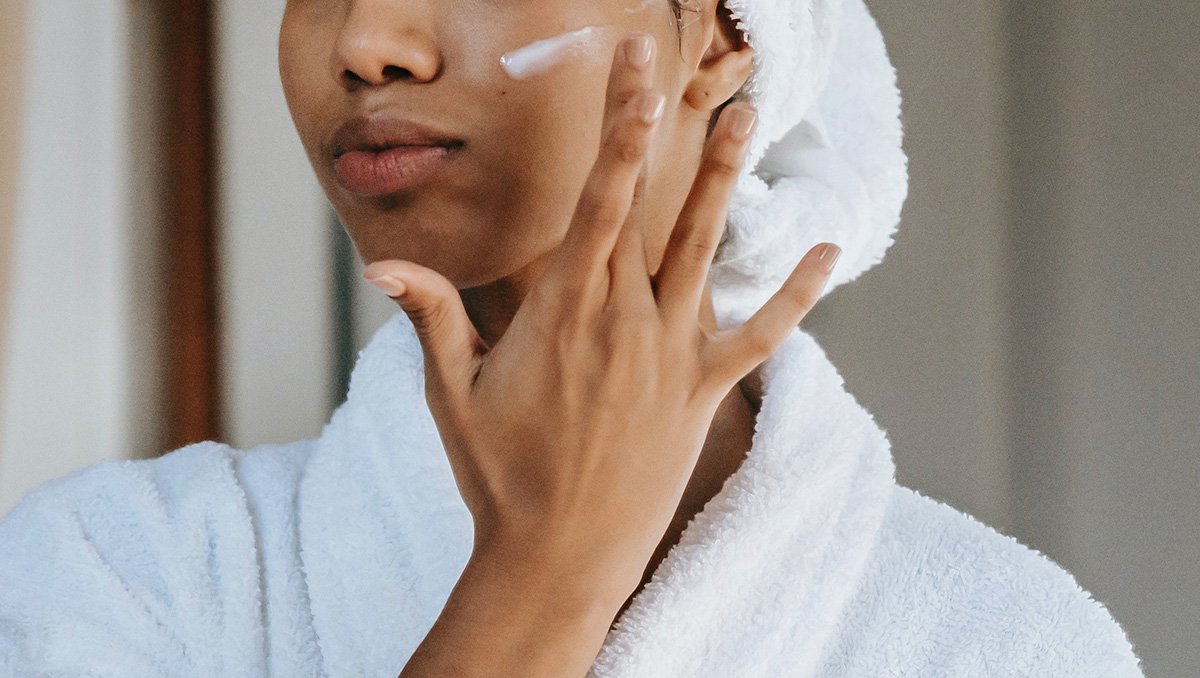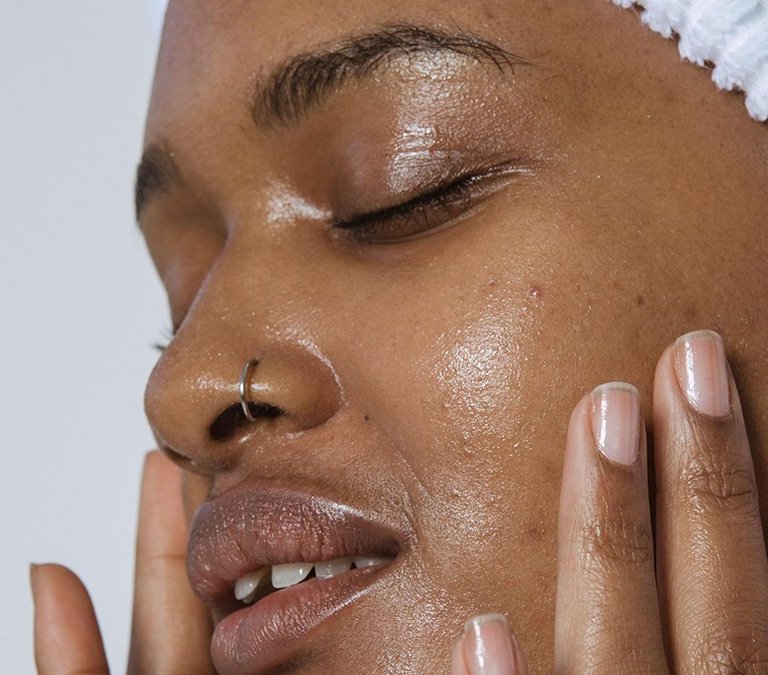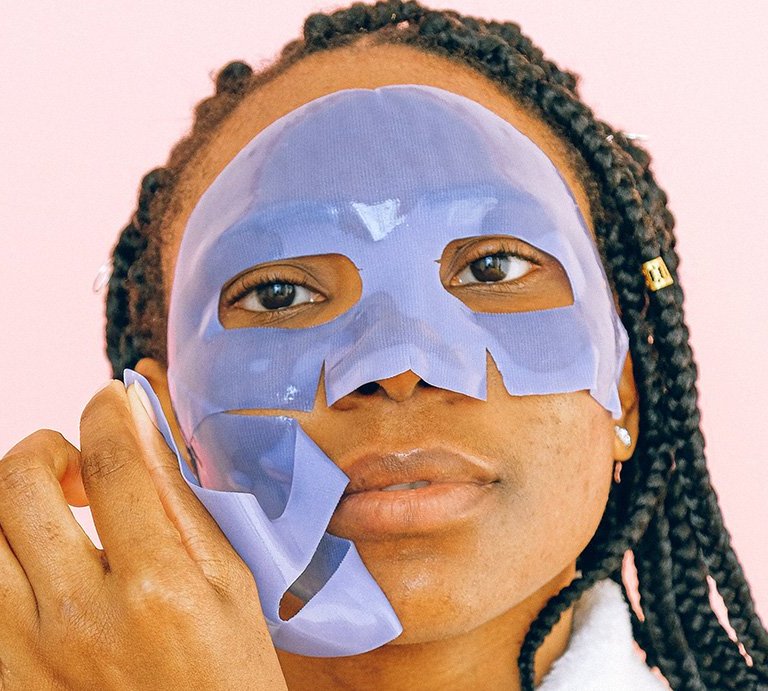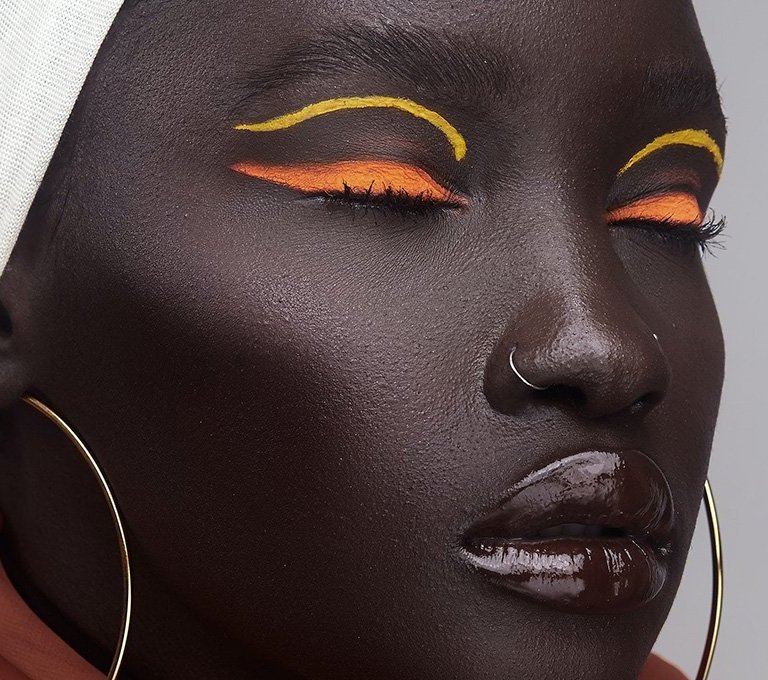
We all know the drill: Retinoids and retinols are powerhouse skincare essentials for how they treat acne, wrinkles and other signs of aging. Derived from Vitamin A, retinoids are prescription-only, while retinols are available over-the-counter, i.e. they’re weaker in strength—but they’re basically the same thing.
One retinoid rule that must be followed is religious sunscreen use. Retinoid’s power lies in increasing skin cell turnover, but that fresh skin is obviously more sensitive to sun exposure. Those with melanated skin need to be even more careful because retinoids can sometimes lead to hyperpigmentation caused by irritation.
[SEE ALSO: Yes, Sis, You Do Need Sunscreen]
So what do we do in the summer, when we’re exposed more frequently and for longer periods to a blazing hot sun?
We asked Sherry Sanvictores, MSN, NP, a dermatology nurse practitioner, for her best tips on using retinoids safely in summer, especially when you have darker skin.
Low and Slow
“The biggest mistake I see with patients is they start using retinoids at too high of a concentration and too often,” explains Sanvictores. “With darker skin patients, if there’s too much redness, flaking, dryness or itching, it means the pigment cells are getting inflamed and there’s going to be hyperpigmentation.”
Sanvictores’s motto is “low and slow” to avoid these reactions. “Start with the lowest concentration, especially with sensitive skin,” she advises. “For a prescription retinoid, I start my patients at .025%. If you’re using an OTC retinol, start with the lowest concentration, usually .3 to .5%. Unfortunately, OTC retinols aren’t regulated so some don’t list the percentage of active ingredients.”
She recommends using it two to three times a week and building up from there as skin gets acclimated. A bit of flaking is expected but if there’s too much, along with burning and redness, it means you need to scale back in concentration and frequency.
The Moisturizer Sandwich
Due to the increased sensitivity of black, brown and Asian skin—and to avoid hyperpigmentation—Sanvictores likes the sandwich method of first layering on moisturizer, followed by a pea-sized amount of retinoid, topped with another layer of moisturizer. “After a few weeks of this,” she says, “skin gets acclimated without the harsher side effects.”
@glowingwithmary Replying to @hmbm46 the key to looking amazing forever💛 #skintok #retinol #retinolpurge #sandwichmethod
♬ original sound – jazminalx
Sunblock Or Go Home
Tanning is a no-no when using retinoids. Sanvictores is adamant about it. “Retinoids are great for anti-aging and you are defeating the purpose by sunbathing.” In fact, she believes that “If you’re planning on sunbathing, don’t bother using retinoids. You’re increasing your risk of burns and hyperpigmentation.”
However, Sanvictores knows extra sun exposure is inevitable in the summer. “You have to be vigilant about using a high SPF,” she says. “New data shows that a high SPF—100 if you find one your skin can tolerate—is better at protecting your skin than SPF 30 or 50.”
Sanvictores prefers a mineral-based sunblock to a chemical sunscreen and she’s also a fan of wide-brim hats.
Reapply, Reapply, Reapply
“I have patients come in with bad sunburns who tell me, ‘I put it on before I left the house,’” says Sanvictores. “But you have to reapply every two hours at a minimum. More if you’re sweating or in the water.”
If you do get sunburned, stop your retinoid use for a week or two until your skin completely heals.
Once you’ve got your fill of summer sun, Sanvictores advises getting back to your regular skincare routine, including your retinoids and retinols. “You can enjoy yourself at the beach. Don’t beat yourself up about it, but be diligent about your skincare to fight off the sun damage.”



